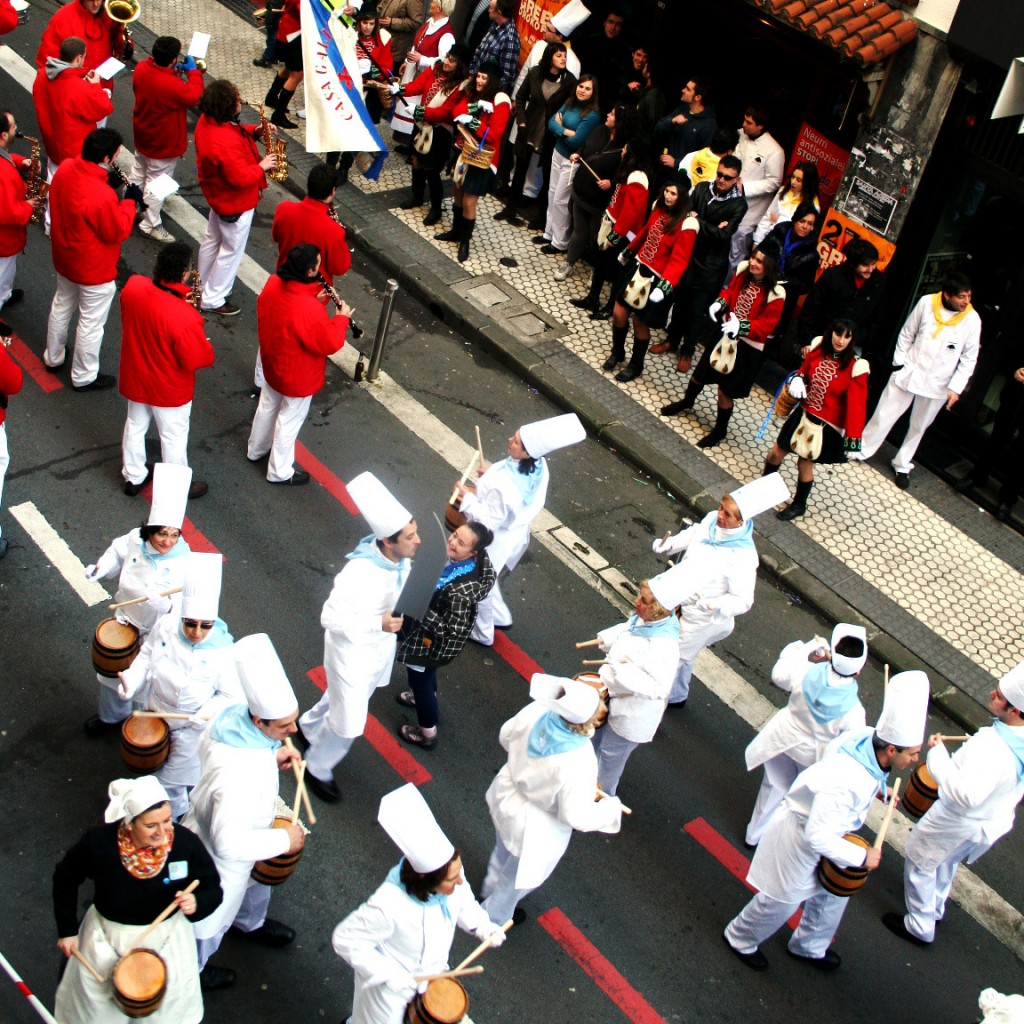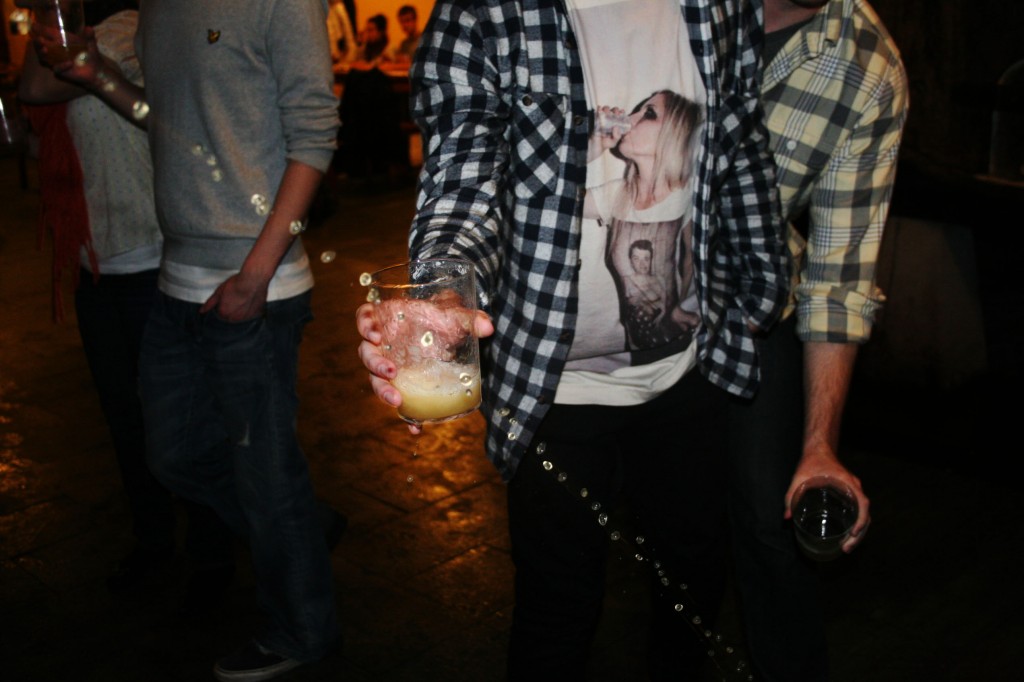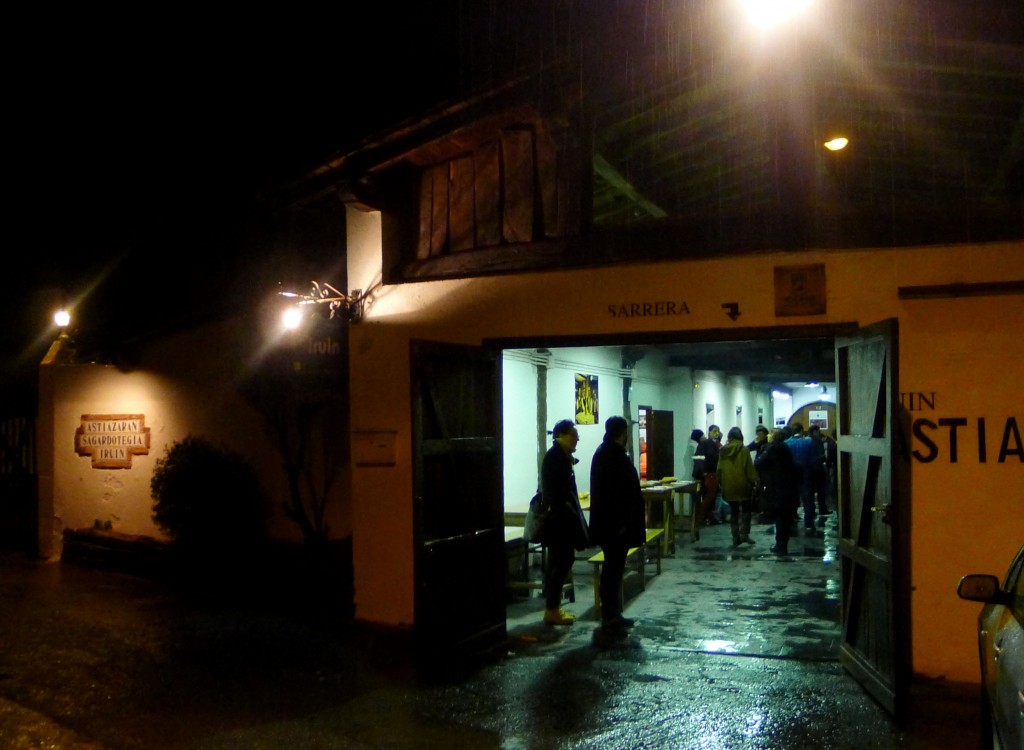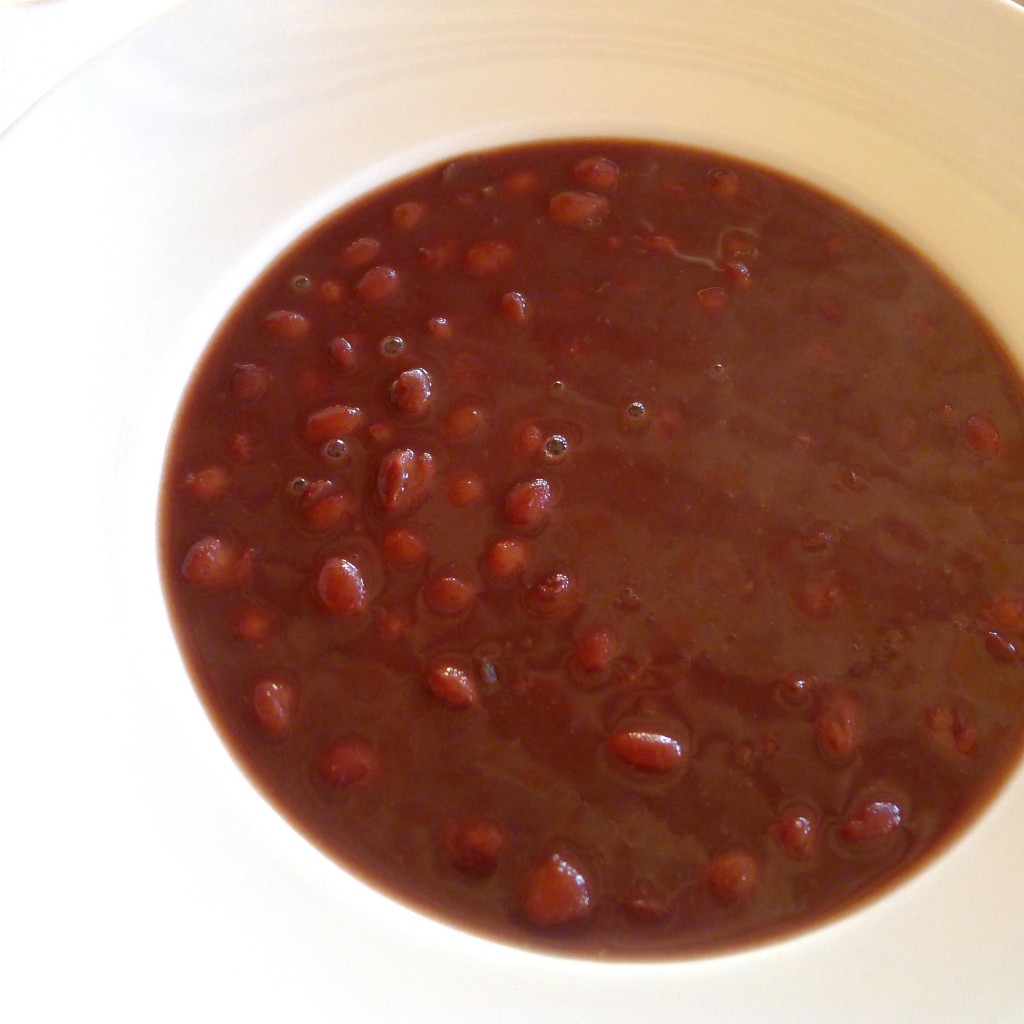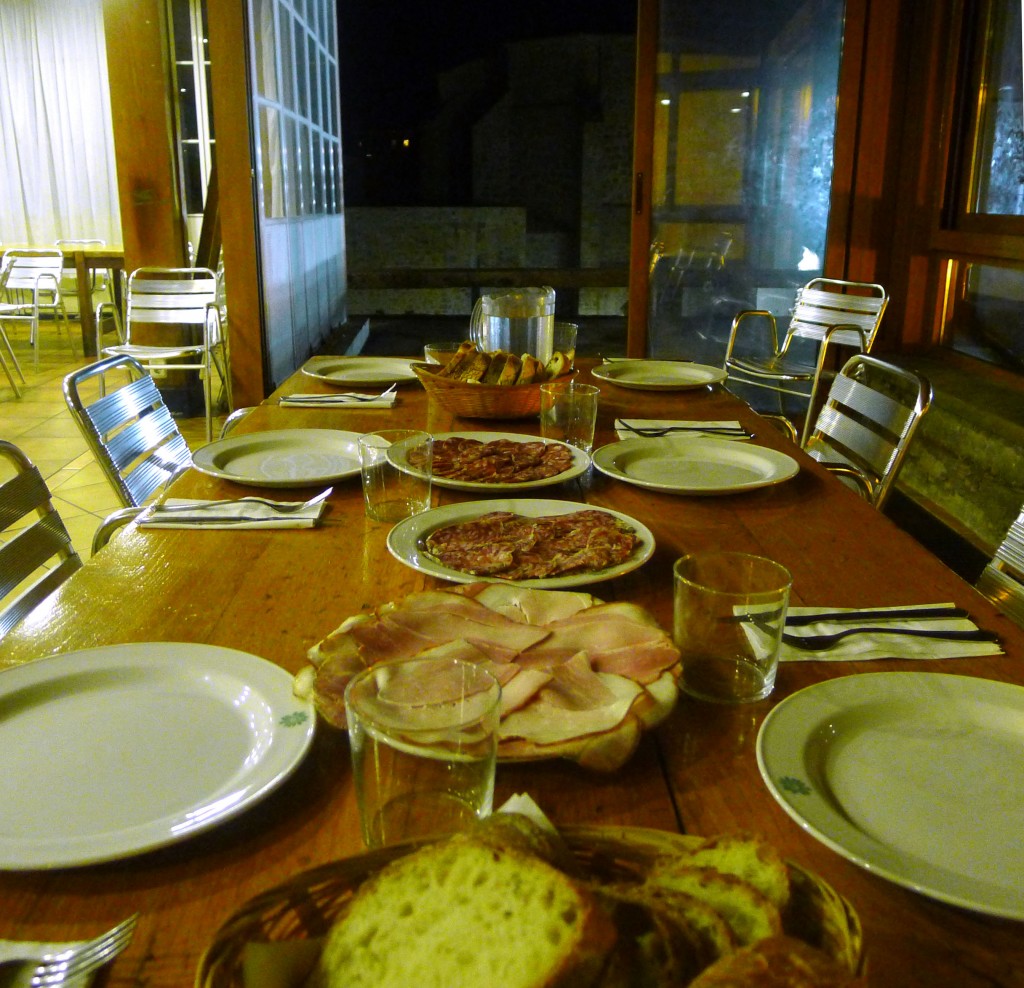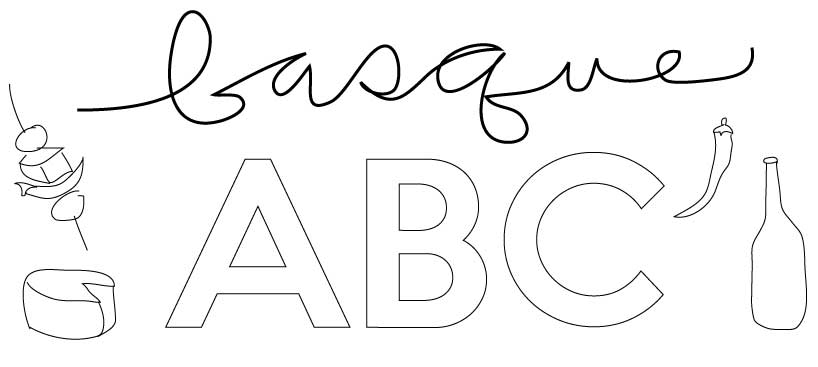
F is for…Frijituak! Literally ‘fried things’, this concept is both absurdly obvious and totally foreign. It’s a plate of varied fried things typical to the cuisine, such as croquetas, stuffed mussels (tigres), and balls of meat.
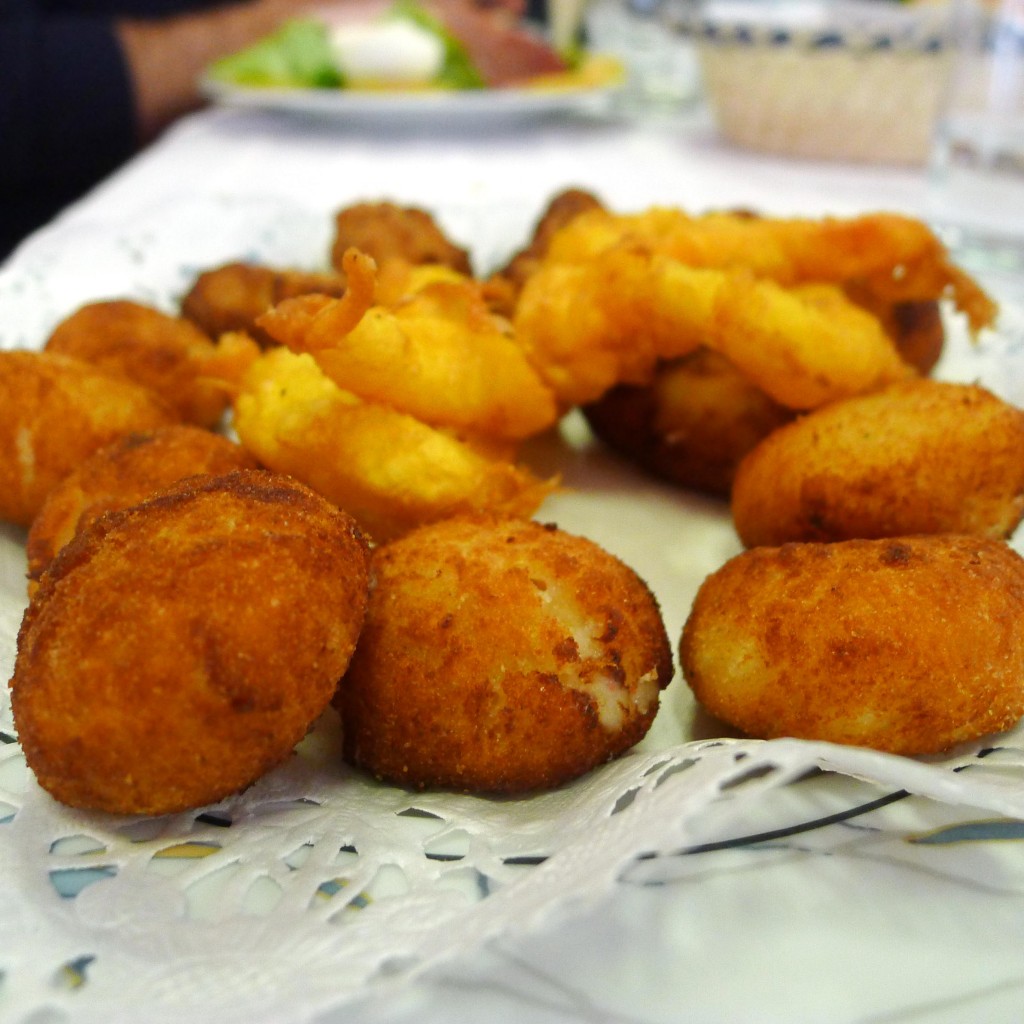
It’s served as a first course (for one person!) in the most hallowed of the daily eating institutions, the restaurant that has menú del día. This type of spot is both holding strong and dying out. More and more there are fewer, but they are still an indispensable part of the worker’s life. A place to go and get simple food, like your ama makes, and for relatively inexpensive. There is a drink all you want, eat all you want air to it. Other typical first courses include soup, salads, fish puddings, etc. and the second course is often meat and potatoes, fish, or meatballs.

